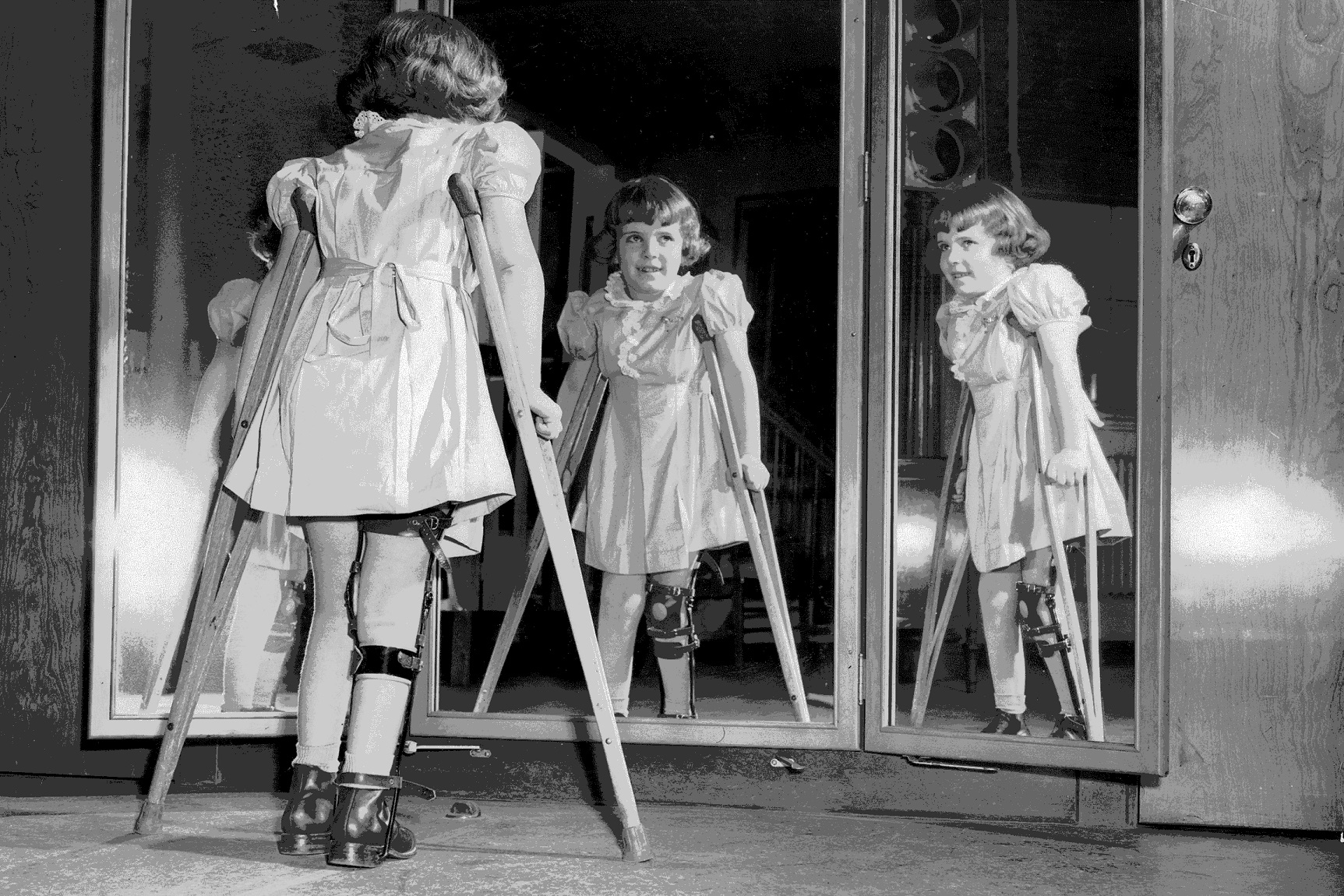Polio Symptoms, Causes, Diagnosis and Treatment

What Is Polio ?
It is an infectious illness caused by a virus. Severe type of polio is known to result in, breathing difficulties, paralysis and even death! Once being common, the viral illness is greatly controlled today. In few countries, it has been almost eradicated completely. Yet in few; polio affects a small percentage of children.
Basically, the virus responsible for causing polio enters the body via mouth. It then proliferates in your throat and gastrointestinal tract, later shifting into your bloodstream. Through which it manages to reach your central nervous system, a place where it damages your motor neuron cells. Clearly, these are the cells responsible for controlling our voluntary muscles of the limbs and trunk. Any damage to motor neuron cells leads to muscle wasting and weakness, and affects swallowing, breathing and speech. Polio vaccine can help prevent the infectious illness.
What Are The Symptoms Of Polio ?
As mentioned earlier, polio can lead to paralysis, though most of the infected individuals never develop any symptom, and thus remain totally unaware about being infected.
- Nonparalytic polio: Individuals who develop signs tend to become affected by nonparalytic polio. Basically, the type does not result in paralysis and roots the symptoms like the ones of flu. Usually, these persist for more than a week and include:
- Fatigue.
- Vomiting.
- Headache.
- Sore throat.
- Muscle tenderness.
- Muscle weakness.
- Fever.
- Meningitis.
- Back and neck pain/stiffness.
- Legs or arms pain/stiffness.
- Paralytic polio: Rarely, the virus causes paralytic polio. It tends to be the most intense form of polio. The type has many subtypes, wherein symptoms depend upon the body part that has been affected, such as brainstem, spinal cord, or both. In the starting, indications of paralytic polio may the ones of nonparalytic polio, for example the patient may develop headache and fever. Though, within 6 to seven days, other symptoms would emerge such as:
- Intense muscle weakness or aches.
- Floppy and loose limbs, usually worse on a particular body side.
- Loss of reflexes.
What Causes Polio ?
Poliovirus prevails in humans. Through the feces of an infected individual, it manages to reach the environment. It transmits to an otherwise healthy body mainly by fecal-oral means, particularly in areas with poor sanitation conditions.
More specifically, the virus enters by means of consuming contaminated food and water. Besides, direct contact with an infected individual can also help the virus to reach into a healthy body.
How Is Polio Diagnosis ?
Usually, the health care provider identifies polio based on the symptoms of the patient. To verify, the doctor can take the sample of cerebrospinal fluid (surrounds our brain and spinal cord), stool and throat secretions to spot the existence of poliovirus.
How Is Polio Treatment ?
Unfortunately, polio is incurable; however, the doctors aim to:
- Pace recovery.
- Increase the comfort level.
- Avert complications.
In addition to this, supportive treatments include:
- Healthy diet.
- Physical therapy.
- Portable ventilator (breathing purpose).
- Pain relievers.
- Bed rest.
By : Natural Health News




